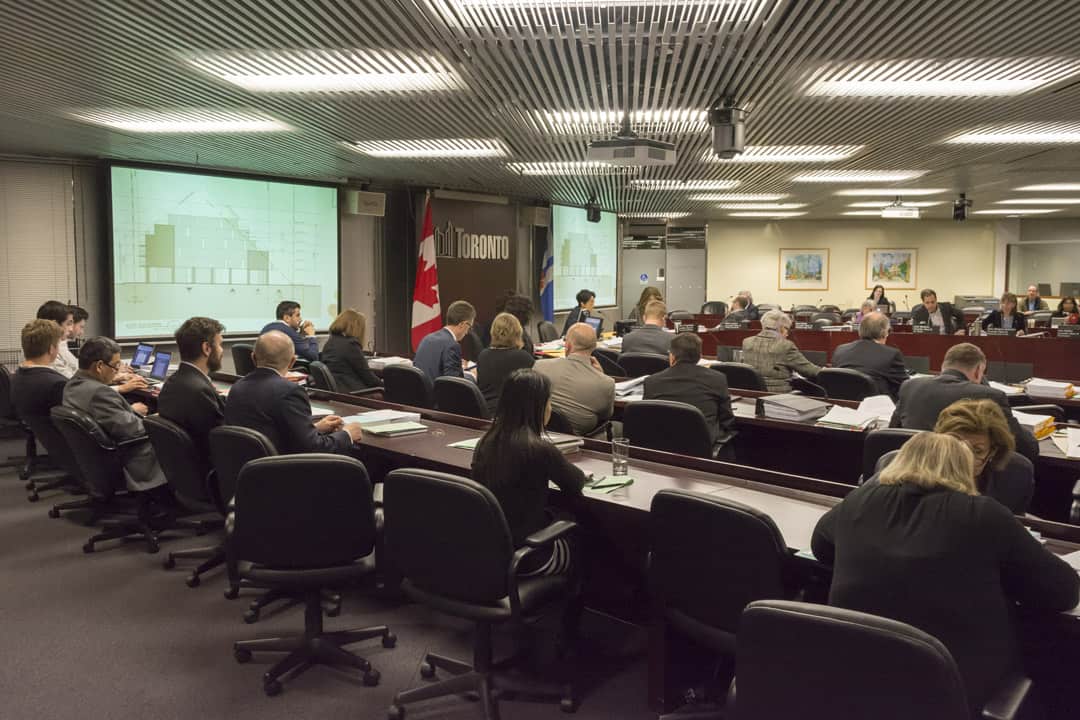A municipal staff status report to City Council is recommending that new developments within UTSG prioritize pedestrians and cyclists, adhere to distinct attributes of newly proposed “Character Areas,” and preserve existing heritage buildings while expanding open and public spaces.
The report is a part of the City of Toronto’s Secondary Plan for UTSG, which provides a planning framework to manage changes and new developments on campus. It outlines specific policies on how the land can be used and how future projects should be laid out.
Two amendments to the status report proposed by Councillor Joe Cressy of Ward 20 Trinity—Spadina were also passed at the Toronto and East York Community Council, which represents the area that UTSG is located in. The amendments were passed without discussion on July 4.
One of the changes requested that city staff report on U of T properties adjacent to the campus, and to report “on the controls that are necessary to ensure conformity with existing Neighbourhood zoning.”
Cressy’s second amendment also requested city staff report on ways to enforce zoning rules, and it stated that “if/when the University acquires property in adjacent neighbourhoods that any exemptions… are not transferred with the University’s title to their off-campus neighbourhood holdings.”
This amendment effectively means that any exemptions U of T currently has with regards to zoning will not be applied to any future developments outside of existing UTSG boundaries.
The status report is the second preliminary report completed by city officials. The Toronto and East York Community Council initially adopted a motion to begin public consultation on the Secondary Plan in early 2017.
The new Secondary Plan was proposed with the goal of developing the areas in and around the university with flexibility — in other words, preserving historically significant buildings while adapting to the institution’s growing needs.
Community responses
When contacted by The Varsity, Cressy said the Secondary Plan was still in its preliminary stages and the final report has not yet been submitted, with consultations still ongoing.
“The Secondary Plan and all the details will be coming back in the new year and so there are questions outstanding related to properties outside of the Secondary Plan area,” he said. “As part of the Secondary Plan review, we want staff to report on whether those mechanisms are needed or not.”
Cressy said that he’s met with the university to consult on the plan approximately 20 times, and that the plan has undergone an “extensive process.”
“I think there were vast, vast improvements in how the university is considering issues like heritage protection, public realm, movements, and walkability,” said Cressy. “In many ways the St. George campus holds some of the best public realm and green spaces in all of the city and it’s a jewel.”
Christine Burke, U of T Director of Campus and Facilities Planning, said that the university wasn’t consulted on the amendments.
“We haven’t responded because those are items that will come up in the next few months and when it comes before [the Toronto and East York Community Council] and council,” said Burke. “But no, the university wasn’t consulted on the amendments and we haven’t discussed them with the city at this time, but we’re happy to do so. We don’t anticipate any impact whatsoever from these additional resolutions.”
Cressy added, “We want to ensure that as the city continues to grow, that collectively the university and the city can benefit from this historic campus.”
According to Burke, the next step for U of T is to start receiving details about the plan from city planning staff. The final report is expected in early 2019.


